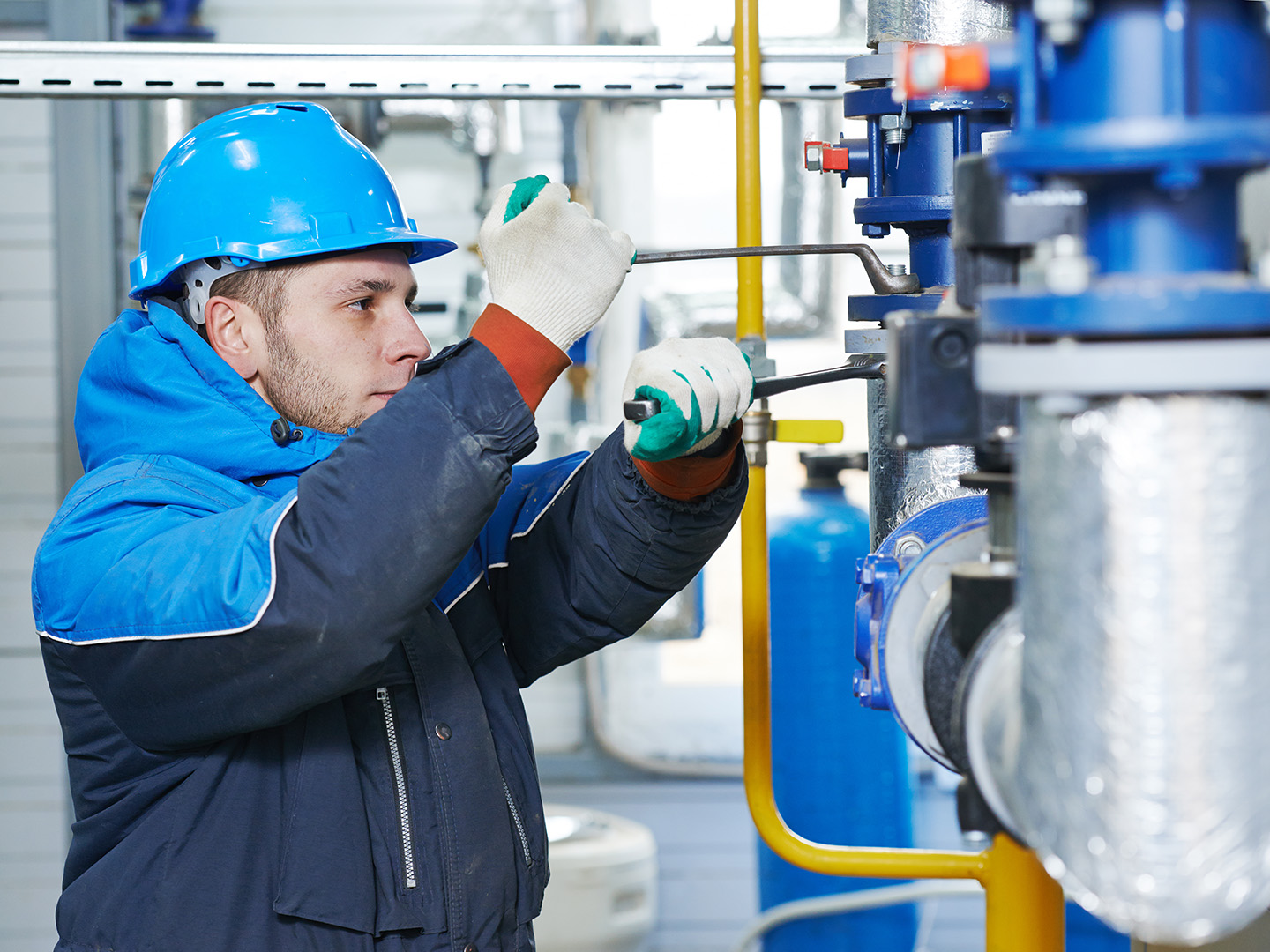What Does a Gas Installer Do? A Comprehensive Overview for Homeowners
What Does a Gas Installer Do? A Comprehensive Overview for Homeowners
Blog Article
Expert Gas Installer Techniques for Seamless and Reliable System Integration
Exploring the intricacies of specialist gas setup, one must value the precision and proficiency required for seamless system assimilation. At the core of this process lies meticulous preparation and site evaluation, fundamental in tailoring installments to specific atmospheres. Utilizing advanced modern technologies such as digital manometers and thermal imaging electronic cameras enhances both precision and effectiveness. These tools, combined with strict adherence to safety and security criteria, ensure thorough system screening and ideal performance. However, what truly differentiates experts in this field is their dedication to recurring education and learning and extensive documentation, a practice that unveils the next critical steps in making sure integrity.
Accuracy Preparation
In the realm of gas installation, precision planning is vital to ensuring both safety and security and efficiency. The intricacy of gas systems needs precise focus to detail from the beginning.

Collaborating with other experts, such as architects and designers, is important to incorporating the gas installation effortlessly within the broader construction framework. This collaboration makes certain that all facets of the installment are synchronized, reducing risks and enhancing general efficiency. Accuracy preparation in gas installation is not simply a step-by-step step; it is the structure whereupon secure, dependable, and reliable gas systems are built.
Advanced Tools and Modern Technology
Structure upon the structure of precision preparation, the assimilation of innovative devices and innovation elevates the criteria of gas installation additionally. Contemporary gas installers utilize sophisticated devices that boosts precision and effectiveness, making sure seamless and reputable system combination. Instruments such as digital manometers provide precise stress readings, important for calibrating gas systems to ideal performance levels. In addition, thermal imaging cams are employed to discover leaks and ensure system honesty, helping with aggressive maintenance and decreasing the probability of operational disturbances.
The development of smart technology has even more revolutionized gas installations. gas installer. Smart meters and IoT-enabled tools permit for real-time surveillance and remote diagnostics, providing installers the ability to anticipate concerns prior to they show up into bigger problems. This proactive technique not only maximizes system performance but likewise extends the life-span of the setups
In addition, advanced software application remedies assist in meticulous planning and execution. CAD software help in developing complex gas systems, making certain spatial efficiency and compliance with design specifications. These electronic tools, when coupled with skilled craftsmanship, add considerably to the accuracy and reliability of gas installations, embodying the future of the market where modern technology and experience assemble.
Safety Criteria Compliance
Adhering to extensive security standards is critical in the field of gas installation, where also small oversights can have considerable repercussions. Compliance with well established safety and security procedures makes certain the security of both installers and end-users, mitigating dangers such as gas leakages, explosions, or carbon monoxide gas poisoning. Professional gas installers need to stay attentive, regularly updating their knowledge of industry policies, including regional, national, and international codes.
The core of safety and security criteria conformity hinges on thorough planning and implementation. Installers are in charge of conducting thorough danger assessments before beginning any task, determining read prospective risks and applying control procedures. This involves comprehending the homes of different gases, the proper use materials, and making sure all parts satisfy licensed safety and security standards.
Additionally, ongoing education and learning and certification are vital for preserving high requirements. Installers ought to get involved in training programs and workshops, concentrating on existing safety advancements and regulative modifications. Such commitment to specialist development not just enhances their skillset but also enhances the market's credibility for integrity and safety and security.

Effective System Screening
Effective system screening is crucial in making sure the optimum performance and security of gas setups. It entails a series of thorough treatments created to determine prospective defects and validate that the mounted systems run as intended. Key elements consist of stress screening, leak detection, and functionality evaluation. Stress screening validates the system's ability to maintain ample stress without loss, therefore securing against leakages. Using advanced equipment and techniques, experts can properly determine the system's capability to endure operational needs.

Functionality evaluation incorporates the analysis of all system components to ascertain their right installation and operation. This includes examining shutoffs, regulatory authorities, and links for appropriate integration and efficiency. Recording each examination is crucial, providing a thorough record that verifies conformity with industry requirements and guidelines. Efficient system screening not just ensures security but likewise improves view publisher site customer confidence in the integrity of the installment.
Troubleshooting and Upkeep
Fixing and upkeep stand for the foundation of sustaining gas installations' functionality and safety and security over time. Performing regular analyses permits installers to recognize possible problems before they intensify, ensuring ongoing functional performance and safety. A methodical strategy to repairing involves understanding system schematics and utilizing analysis tools to separate troubles properly. Utilizing a systematic process, such as examining pressure degrees, inspecting links, and confirming control settings, makes it possible for experts to determine malfunctions quickly.
Precautionary upkeep is similarly necessary, focusing on routine checks and maintenance to extend the life expectancy of the gas system. These methods help prevent costly repairs and improve the check my source system's dependability.
Moreover, remaining updated with improvements in innovation and market guidelines guarantees that maintenance practices are lined up with contemporary standards. This proactive position not just guarantees compliance yet additionally optimizes the efficiency of gas setups. Consequently, a durable troubleshooting and upkeep regimen is crucial for experts devoted to providing seamless and reliable system integration.
Conclusion
The integration of gas systems requires precision planning, progressed devices, and strict adherence to safety criteria. These extensive methods collectively help with smooth system combination, underscoring the significance of competence and precision in keeping high standards of security and reliability.
Report this page